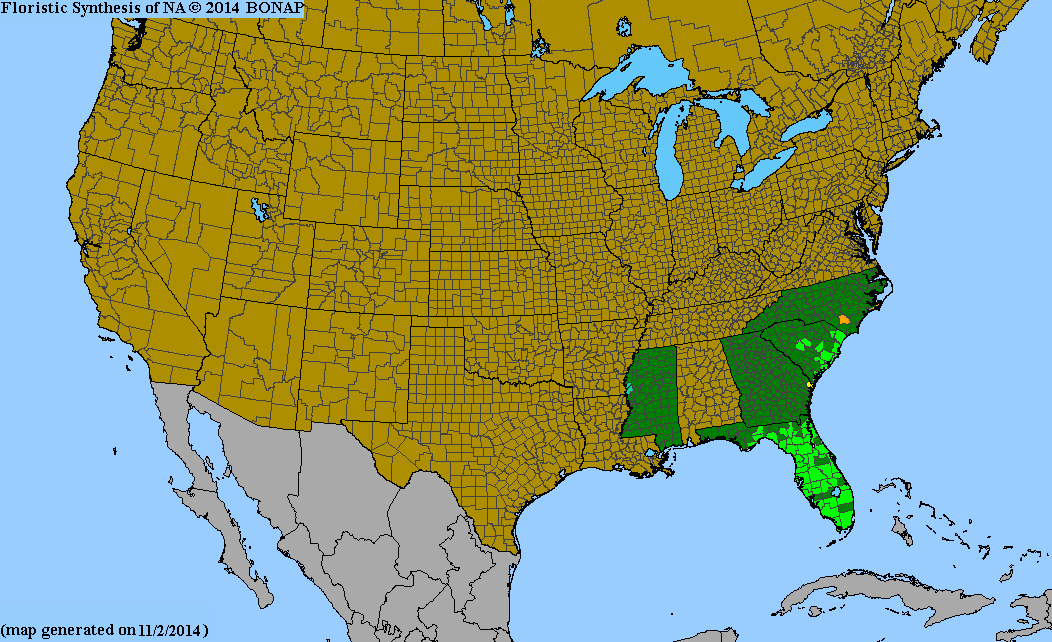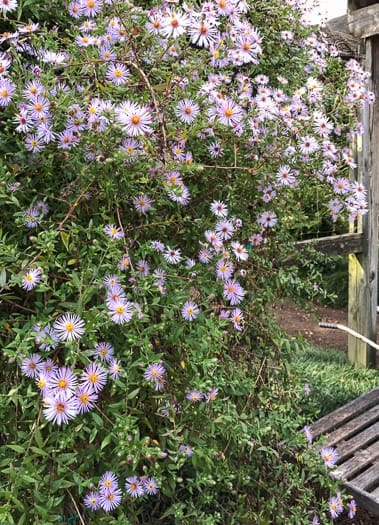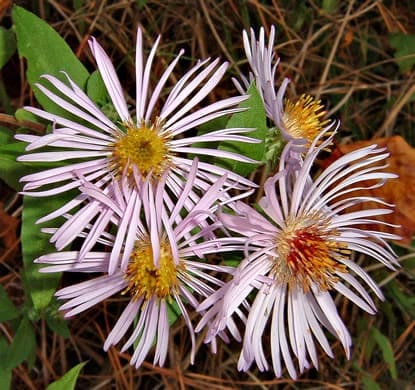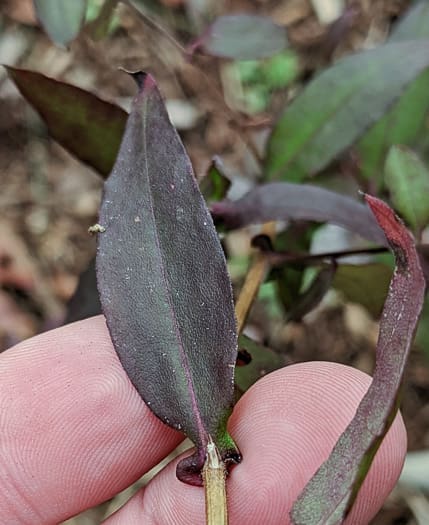Asteraceae
climbing aster
Ampelaster carolinianus
Synonyms
Symphyotrichum carolinianum
Aster carolinianus
Plant Type
Vine
Life Cycle
Perennial
Typical Size
6-12 ft. tall
Tolerant of
Drought, Occasional Flooding
Inolerant of
Poorly Drained Soil
Propagation
By seed, By cutting
Plant Planting Notes
Provide up to 12 ft spacing and some sort of structure for the plant to ramble over.
Plants/Diseases
Susceptible to powdery mildew and botrytis.
Wildlife Benefits
Nectar/pollen source for pollinating insects, Host plant for butterfly larvae
Leaves
Simple ovate leaf with alternate arrangement.
Flowers
Fragrent, lavender purple wheel shape flower in the fall.
Toxicity
No known toxicity.

USDA Hardiness Zones
6, 7, 8, 9
Light Exposure
Full Sun, Part Sun/Shade
Soil Moisture
Moist
Soil Drainage
Well-drained
Soil pH
Neutral (6.0-8.0)
Native in South Carolina?
Yes
Plant Native Habitat
Climbing aster can be found growing in moist to wet areas such as streambanks, freshwater marshes, streambanks, and swamps.
Global Conservation Status (NatureServe)
Secure (G5)
Federal Conservation Status (USFWS)
Not Listed
Distribution Notes
Rare in the coastal plain. Absent from the sandhills, piedmont, and mountains.



